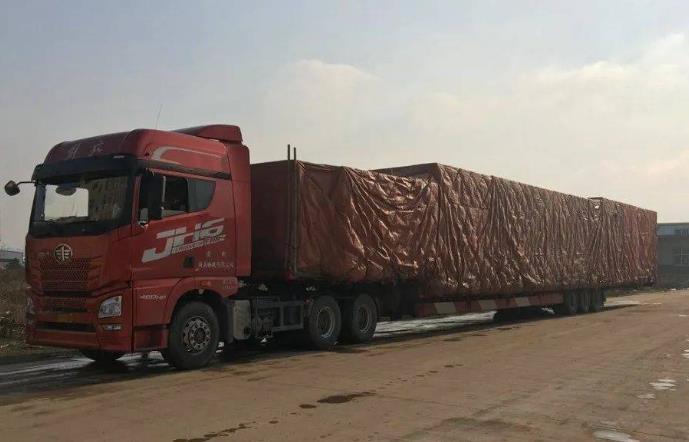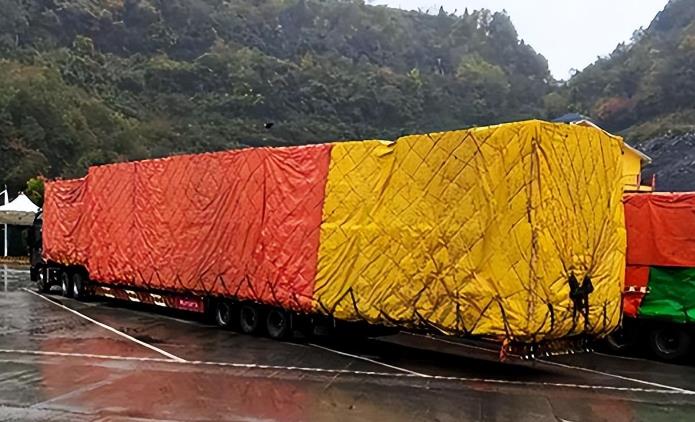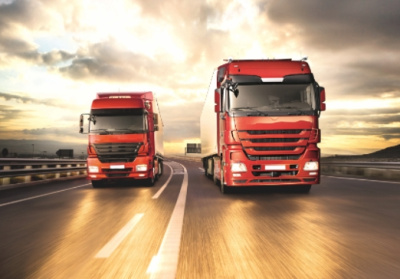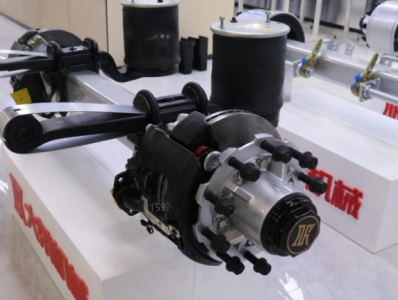Inventory of models with more cargo than large semi-trailers
If you want to ask which model in the trailer transportation industry is the best for loading, many car owners will invariably think of 17.5 large trucks. The 17.5 slab can be said to be a special existence in the freight industry, and it is also the hardest hit area for overloading and illegal decks.
Especially in the early years, the traffic control department’s supervision of illegal transportation was not strict. The freight market has almost become the world of large trucks. The original length of 17.5 vehicles is already a huge loading capacity. Some car owners pursue higher profits. , and even created a self-made pull-out and high-rail modification, and its loading capacity once reached a terrifying level of 300 square meters trailer axle.

As for the car owners, they love and hate big trucks. They love it because the loading capacity is really beyond the reach of ordinary vehicles. They are almost invincible in the general cargo market. The source of goods for the vehicles, relying on the loading capacity to reduce the freight, seriously squeezed the living space of other freight vehicles, and caused an indelible impact on the reduction of freight charges.
From the perspective of transportation safety, large trucks are generally super long and super wide, which not only seriously affects the line of sight, but also leads to illegal occupation of lanes and inconvenient turning, which has a great adverse effect on transportation safety.
Since the promulgation of GB1589-2016, the regulations have put forward new regulations on the external dimensions of semi-trailers. The size of 17.5-inch trailers has clearly exceeded the legal scope, and many cities have also launched a series of regulations on trailers. It’s just that most of the thunder is loud and the rain is small. In the presence of large market holdings and illegal operations such as refurbishment, fake cards, and fake cards, the management of large trucks may still need a certain buffer period.

In addition to the 17.5 large pallet trucks, there are other models with astonishing loads in the freight market, and some of them may even be slightly inferior to the large pallet trucks.
1. Car transporter
Car transporter is also a kind of special purpose vehicle, mainly used to transport passenger cars that have just left the factory. It can be divided into three types: fully enclosed, semi-enclosed and skeleton, and generally has a double-layer structure.
Due to the particularity of the goods, the car transporter often runs one way. If the car owner wants to reduce the cost of emptying, he may pick up some ordinary goods. The number of loads can almost easily kill the large trucks. What's more, the rear will be changed to trailer axle a pull-out type. It's almost swept to the ground, and this kind of modification is probably even worse than that of a big truck.
2. Central axle train
According to the new version of GB1589, the total length limit of the central axle freight train is 20m, which is 2.5m longer than that of the 17.5-inch truck. Don’t underestimate the 2.5m. In the freight market where every inch of land is very expensive, this is already a large load, especially the van-type center-axle freight train, which can carry more goods.
Under the standard of charging by axle, center-axle freight trains may become a popular model in the future, but further improvement is needed in terms of product maturity, stability, and safety.
3. Container semi-trailer
Skeleton trucks are paired with containers. This method of separating the body from the cargo compartment also provides a breeding ground for super-long, super-wide, and super-height to a certain extent.
Although the regulations extend the length of the skeleton semi-trailer to 13.95m, trailer axle there are still many illegal modifications in order to increase the loading capacity in actual use, such as super containers. Such models have large blind spots, large turning radius, and poor passability. Seriously affecting traffic safety, it is also unfair to other compliant transportation companies, and it will inevitably affect the general environment of the freight industry in the long run.







